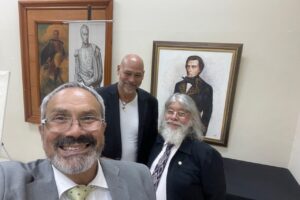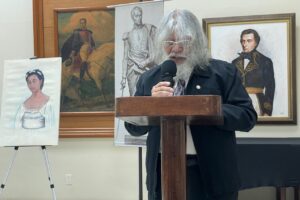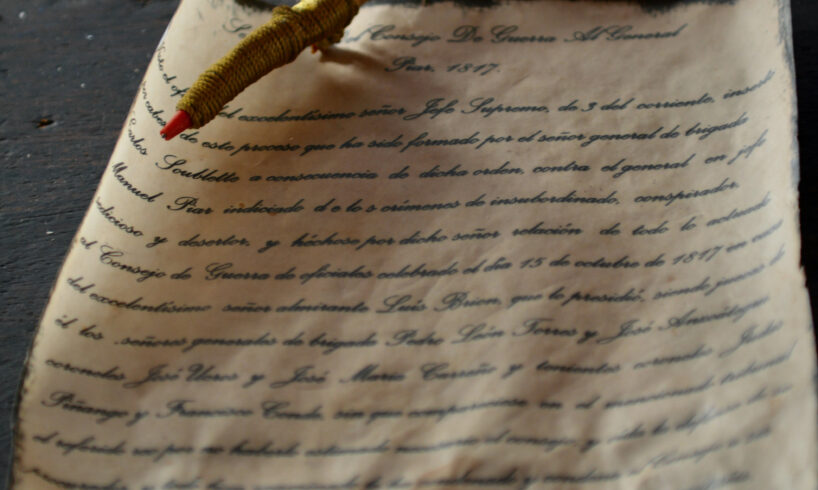
Introduction
Simón Bolívar is often remembered as the architect of Latin American independence, but he was not the only leader shaping the course of the revolution. Figures like Manuel Piar and Luis Brión played pivotal roles, yet their visions for the future of the region differed significantly. While Bolívar sought a unified republic, Piar pushed for a deeper social revolution that would dismantle the racial and class hierarchies of colonial society. Brión, in contrast, aligned more closely with Bolívar’s political vision, providing crucial naval support without challenging existing power structures.
This divergence in ideology not only influenced the outcome of the independence movement but also led to conflict, betrayal, and, ultimately, the execution of Manuel Piar—a tragic moment that exposed the deep tensions within the liberation struggle.
Bolívar’s Vision: A Unified but Controlled Republic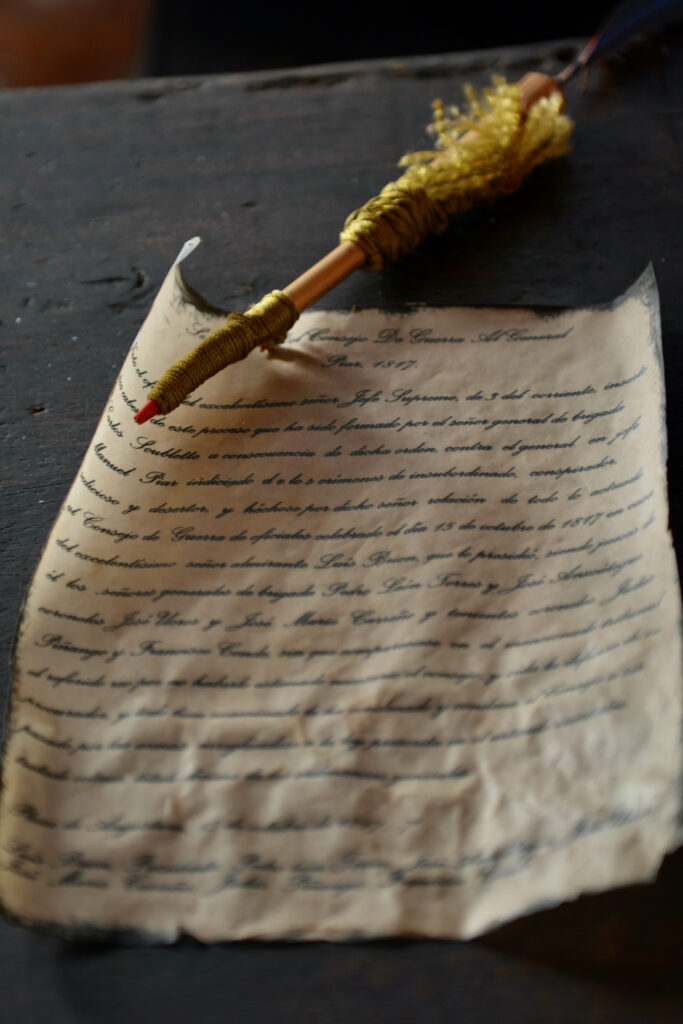
Simón Bolívar dreamed of an independent Latin America united under a single political framework—Gran Colombia—which he believed was necessary to prevent external domination and internal chaos. Influenced by both the Enlightenment and his own experiences in the wars of independence, he sought a strong central government that could maintain order while limiting the power of uncontrolled democracy.
However, Bolívar’s vision remained largely elitist in structure. Though he opposed slavery and sought to abolish it, his political model still prioritized criollo (white elite) leadership and maintained many colonial social structures. He feared that granting too much power to the masses—especially the racially diverse lower classes—could lead to instability.
To maintain order, Bolívar advocated for:
•A strong executive branch to counterbalance popular movements.
•Gradual social reforms rather than radical changes.
•A centralized military leadership to control regional factions.
While Bolívar’s leadership was instrumental in securing independence, his reluctance to embrace widespread social change led to conflicts with revolutionary leaders like Manuel Piar.
Manuel Piar: The Revolutionary Betrayed
Manuel Piar, a mulatto general of Afro-Caribbean and Dutch descent, represented a different revolutionary ideal. Unlike Bolívar, Piar did not believe in merely replacing Spanish rulers with criollo elites—he wanted a full social and racial transformation of Latin American society.
Piar’s vision included:
•Empowering mestizos, indigenous people, and Afro-descendants in the new republic.
•Challenging the dominance of white elites in political and military leadership.
•A more radical redistribution of power among those who had actually fought for independence.
His growing popularity among non-white soldiers and lower-class revolutionaries made him a threat to Bolívar’s authority. Many elite leaders, including Bolívar, feared that Piar’s movement would spiral into a race-based social revolution, similar to what had happened in Haiti.
In 1817, as tensions mounted, Bolívar had Piar arrested, court-martialed, and executed for insubordination. While Bolívar justified this as a necessary act to maintain unity and discipline, many saw it as a betrayal of a key revolutionary leader. Piar’s death signaled that Bolívar’s movement would continue under the control of the white criollo elite, leaving the social structures of colonial society largely intact.
Luis Brión: A Loyal Ally to Bolívar
Unlike Piar, Luis Brión—an elite merchant from Curaçao—was a steadfast supporter of Bolívar’s centralized vision. As a naval commander, Brión played a crucial role in securing control of the seas for the independence forces, allowing Bolívar to launch key military campaigns.
However, Brión’s role was strictly military and logistical—he did not push for political or social reforms. Coming from a wealthy background, he aligned with Bolívar’s pragmatic approach to governance, avoiding radical ideas that could disrupt the power balance.
Brión’s loyalty to Bolívar ensured his place in history as a trusted revolutionary leader, while Piar—who had challenged Bolívar’s authority—was eliminated from the movement.
The Betrayal of Bolívar: Did His Own Allies Abandon Him?
Ironically, after eliminating Piar and consolidating power, Bolívar himself became the victim of betrayal. Venezuela’s secession from Gran Colombia in 1830, led by José Antonio Páez, marked the collapse of Bolívar’s grand vision. The very elites he had sought to protect from Piar’s radicalism turned against him when they felt his centralized rule no longer served their interests.
In the end:
•Bolívar executed Piar to prevent social upheaval.
•The criollo elites used Bolívar’s leadership to achieve independence but later rejected his authority.
•Venezuela’s separation from Gran Colombia was a betrayal of Bolívar’s federal dream, just as Bolívar’s actions against Piar had been a betrayal of the broader revolutionary ideals.
Revolution, Power, and the Cost of Compromise
The stories of Bolívar, Piar, and Brión illustrate the complex nature of independence movements—where unity was often fragile, and political survival required compromise.
•Bolívar’s political pragmatism allowed him to achieve independence but at the cost of true social transformation.
•Piar’s radical vision for racial and social equality threatened the existing order and led to his execution.
•Brión’s loyalty helped Bolívar maintain power, but he did not challenge the elite status quo.
In the end, Bolívar’s pragmatism ensured military victory but not long-term unity.
By eliminating Piar’s social revolution, he secured the independence of the elites—but those same elites later abandoned him when they no longer needed his leadership.
The betrayal of Piar and Bolívar himself serves as a reminder that in revolutions, power struggles do not end with victory; they merely shift to new battlefields.
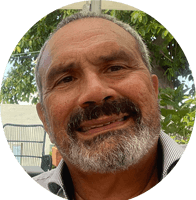
Tico Vos is a professional photographer, producer, and tourism specialist. He has been documenting the History, Culture, and News of Curaçao. This site is a documentation of the history of Manuel Carlos Piar.


